🌅 7:00 AM — The Challenge Begins at Malad Station
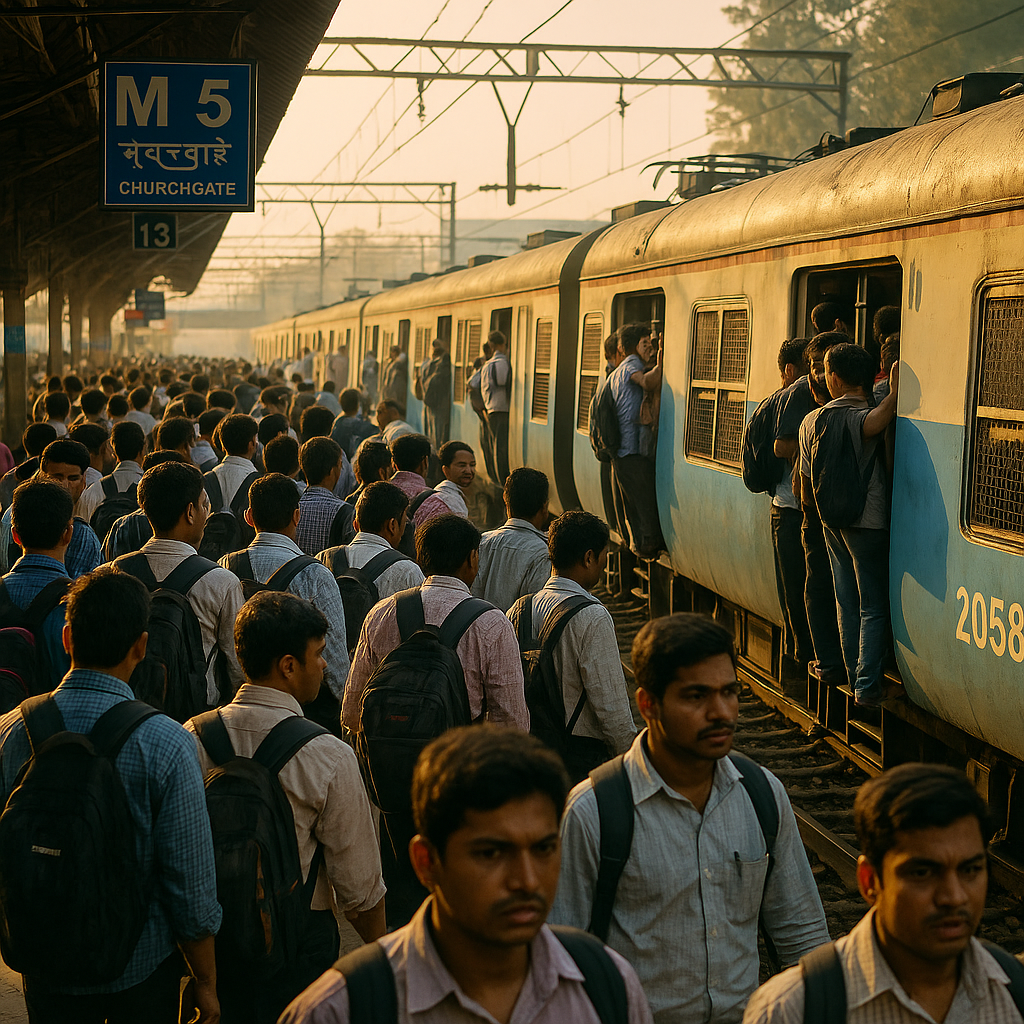
I woke up determined — no cabs, no Uber, no rickshaw. Just pure Mumbai-style travel for 24 hours.
The plan?
- Explore the city using only public transport and my feet.
- Spend under ₹300 the whole day.
At Malad station, I grabbed a cup of cutting chai (₹10) and joined the morning rush. Within minutes, I was shoulder-to-shoulder with hundreds of office-goers — all calm, all focused. It’s chaotic, yet there’s a strange rhythm to it.
🚆 8:30 AM — The Train Ride That Defines Mumbai
The local train is Mumbai’s heartbeat.
I boarded one to Churchgate — and wow, the energy hits you instantly. No one’s rude; everyone just moves like clockwork.
A stranger offered me a little space near the door and even shared his newspaper.
That’s Mumbai for you — crowded but kind.
☕ 10:00 AM — Breakfast at an Irani Café
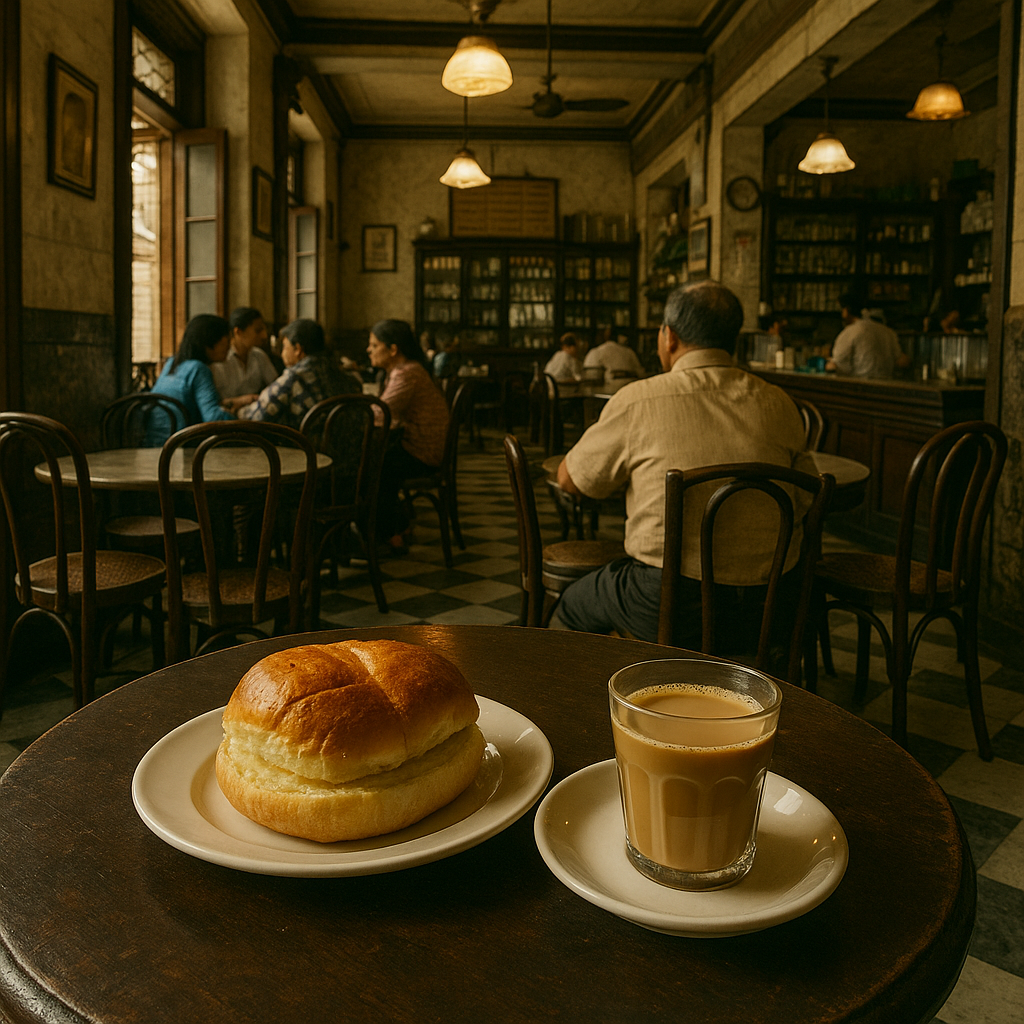
I reached Marine Lines and walked into Kyani & Co., one of the city’s oldest Irani cafés.
For ₹90, I got a bun maska, omelet, and strong Irani chai — the perfect reward after the train ride.
The owner smiled when I told him about my no-cab challenge:
“Good! You’ll see the real Mumbai this way.”
He was right.
🌊 12:00 PM — Marine Drive Magic (and a Sunburn)

After breakfast, I walked to मरीन ड्राइव — the sea breeze instantly cooled me down.
It’s easy to forget the chaos of the city here. People were jogging, kids were cycling, and tourists were taking selfies with the skyline.
The city’s pulse slowed down for a moment — just me, the sea, and the sound of waves.
🍴 2:00 PM — Lunch by Local Train Again
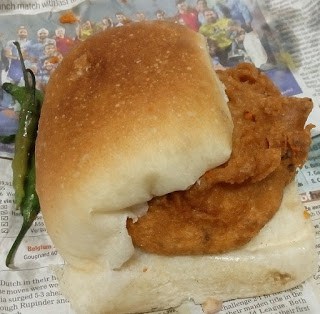
I hopped on another train to Dadar, grabbed a vada pav from a stall outside the station (₹25), and watched people rush by.
It struck me how food here is as mobile as the people — quick, spicy, and full of character.
A street vendor laughed when I asked if he ever took cabs.
“Why pay ₹200 when you can travel for ₹20?”
Fair point.
🛍️ 4:30 PM — Exploring Colaba on Foot

Next stop: Colaba Causeway.
I took a BEST bus (₹15) from Dadar to Colaba — slower, but scenic.
The ride gave me time to observe — the colonial buildings, the hawkers, the mix of languages.
At Colaba, I picked up a souvenir keychain for ₹50 and chatted with a shopkeeper who’s been there for 30 years.
“Cabs are for tourists,” he said with a wink.
🌆 7:00 PM — Sunset at Worli Sea Face

By now, I had walked more than 10 km and my smartwatch was cheering.
I took another train (Churchgate → Mahalaxmi), then a short walk to Worli Sea Face.
The sun was dipping behind the Bandra-Worli Sea Link, painting everything gold.
Around me were joggers, photographers, and couples sharing ice cream.
Mumbai looked tired but beautiful — like a city that had earned its rest.
🌃 10:00 PM — Nightlife Without a Cab
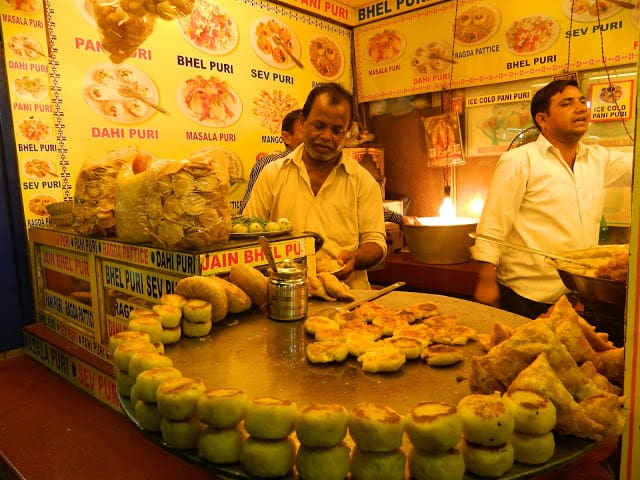
No cab even now!
I walked to a late-night pav bhaji stall in Tardeo (₹120) — spicy, buttery, unforgettable.
Beside me, two cab drivers were eating dinner. I told them about my challenge. One laughed:
“We spend all day in traffic. You’re lucky you skipped it!”
By the end of the meal, I agreed.
🌅 6:00 AM — 24 Hours Later, Mission Complete
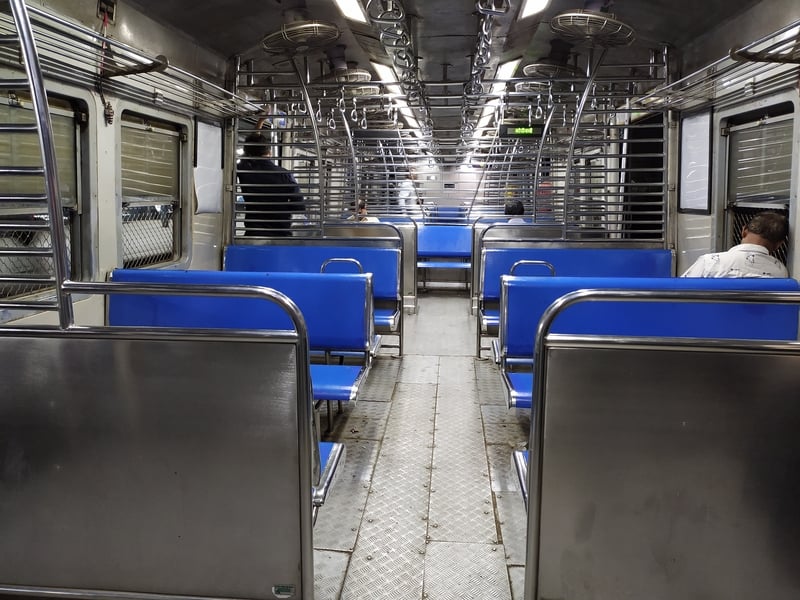
Back at Malad, I’d spent just ₹290 in total — trains, buses, food, and a whole lot of walking.
No cabs, no Uber, no problem.
In fact, I’d seen more of Mumbai in one day than most people see in a month.
❤️ Final Thoughts
Skipping cabs didn’t make the day harder — it made it real.
I met people, heard stories, and saw the city’s soul up close.
Mumbai isn’t just about convenience — it’s about connection.
If you ever want to truly feel the heartbeat of this city — ditch the cab, and take the train.
“Spoiler: I didn’t miss Uber once — and I saved ₹700.”
Leave a Reply